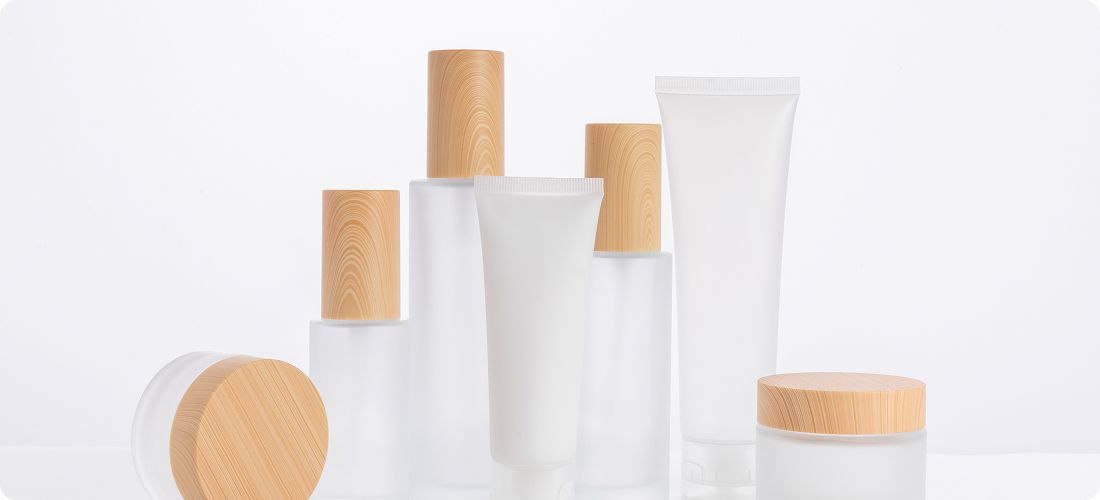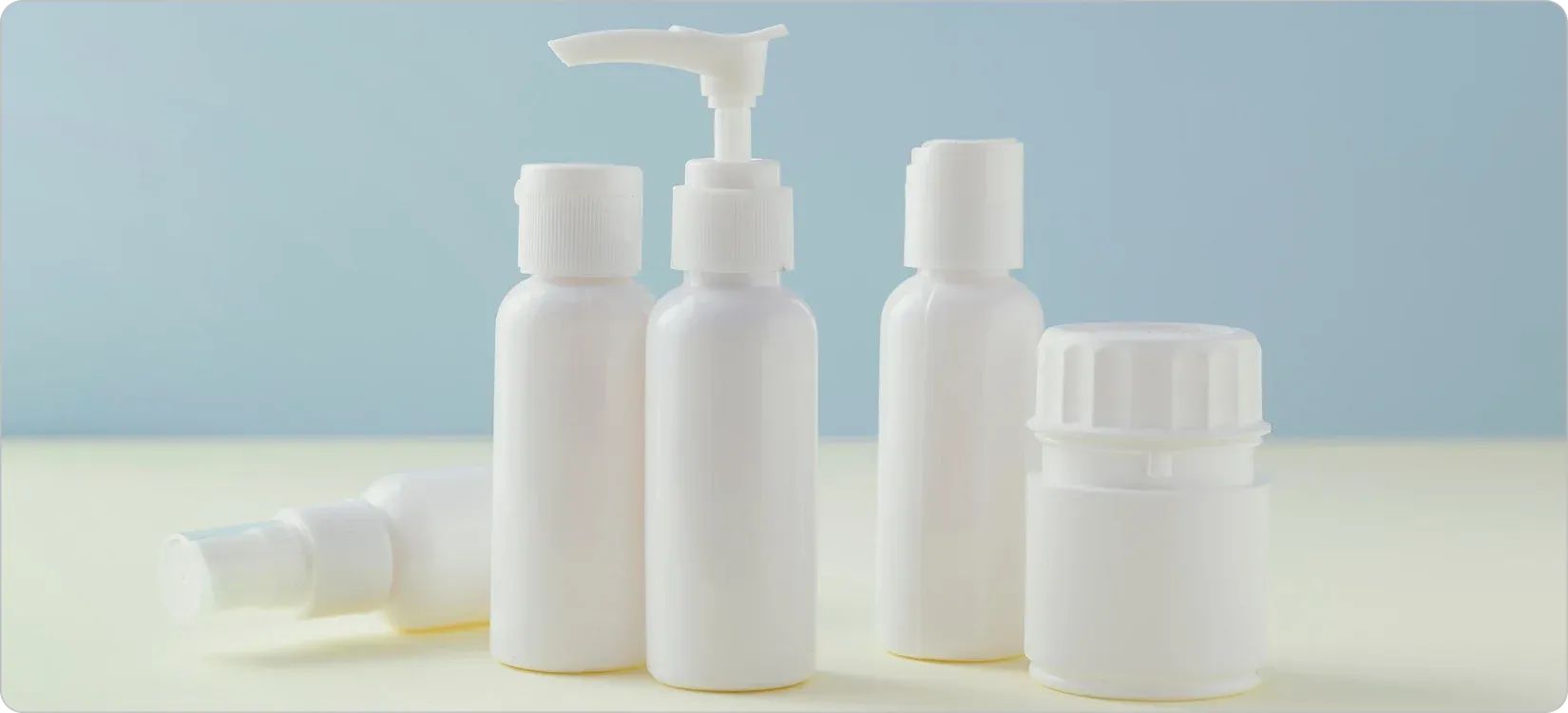Packaging plays an essential role in the modern economy, protecting products, extending shelf life, and enhancing branding. The world of packaging has evolved to meet different industries’ unique needs, using a variety of materials and designs. From eco-friendly options to high-tech solutions, packaging comes in various forms, each serving a specific function. In this comprehensive guide, we’ll explore the different types of packaging and bottles used globally.
1. Primary vs. Secondary Packaging
Primary Packaging
Primary packaging is the first layer of packaging that directly holds the product. It is essential for product protection, hygiene, and customer convenience. Examples include:
- Glass bottles for beverages, cosmetics, and pharmaceuticals.
- Plastic containers for food, household products, and toiletries.
- Aluminum cans for soda, beer, and canned food.
- Tetra packs for milk and juices.
- Flexible pouches for snacks, sauces, and pet food.
Secondary Packaging
Secondary packaging is used to group multiple primary packaged products for easier handling and transportation. It often includes:
- Corrugated cardboard boxes for bulk shipping.
- Shrink wrap to hold items together, such as bottled drinks.
- Paperboard cartons for cereal, frozen food, and pharmaceuticals.
2. Common Packaging Materials
Glass Packaging
Glass is a traditional and widely used packaging material, especially in industries like beverages, cosmetics, and medicine. Key advantages include:
- Non-reactive and preserves product purity.
- Fully recyclable without loss of quality.
- Provides a premium and aesthetic appeal.
However, glass is fragile and heavy, increasing transportation costs and breakage risks.
Plastic Packaging
Plastic is one of the most versatile packaging materials available. It is used for everything from water bottles to shampoo containers. Common types include:
- PET (Polyethylene Terephthalate): Used in water and soda bottles, known for its lightweight and recyclability.
- HDPE (High-Density Polyethylene): Used in milk jugs, detergent bottles, and grocery bags.
- PVC (Polyvinyl Chloride): Found in pharmaceutical packaging and cling films.
- LDPE (Low-Density Polyethylene): Used in squeeze bottles and food packaging.
- PP (Polypropylene): Found in yogurt cups and takeaway containers.
- PS (Polystyrene): Commonly used for disposable cutlery and foam packaging.
Despite its benefits, plastic’s environmental impact has led to increased regulations and demand for biodegradable alternatives.
Metal Packaging
Metals like aluminum and tinplate are used in packaging for food, drinks, and industrial products. Benefits include:
- High durability and resistance to impact.
- Excellent barrier properties, keeping products fresh longer.
- Recyclability, with aluminum being one of the most efficiently recycled materials.
Paper and Cardboard Packaging
Paper-based packaging is widely used for retail, e-commerce, and food packaging. Types include:
- High durability and resistance to impact.
- Excellent barrier properties, keeping products fresh longer.
- Recyclability, with aluminum being one of the most efficiently recycled materials.
3. Bottle Types and Their Uses
Glass Bottles
- Amber glass: Protects against UV light, used for beer, essential oils, and pharmaceuticals.
- Clear glass: Used for spirits, perfumes, and soft drinks.
- Frosted glass: Provides a premium look for cosmetics and luxury beverages.



